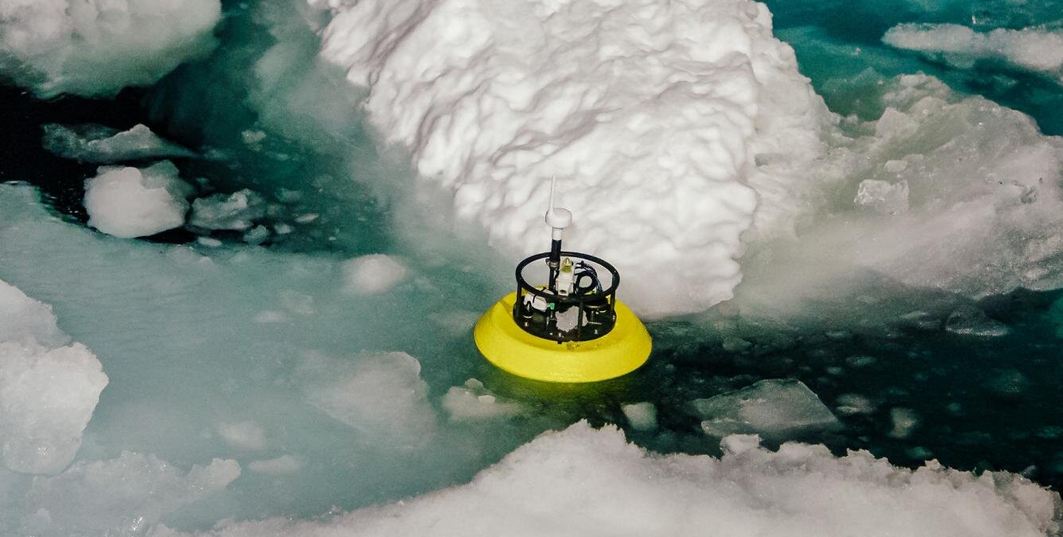A new study highlights the danger the Arctic sea will face and the culprit to blame. Soon, the region will witness major changes that can’t be undone.
A team of researchers explains how some “heat bombs” are flowing into the Arctic Ocean from the Pacific Ocean. This phenomenon fastens sea ice melt from below, causing major trouble.
Here is what you need to know.
The Future of Arctic Sea Ice is Bleak
As per new findings, the team of researchers discusses some plumes of warm water, dubbed “heat bombs,” as just one of many ways by which global warming-triggered attack is modifying the nature of the Arctic Ocean too fast.
The Arctic sea ice could disappear soon, too.
The Arctic Unknown: what to expect
The Arctic is a very unusual ocean. The reason?Â
Apparently, the ocean is layered by salinity, not temperature. Such a thing is extremely curious yet intriguing.
As you may know, most oceans worldwide have warmer water near the surface and way much colder water, underneath. In the Arctic ocean, things are not the same. Its surface layers are cold and fresh, driven by accelerating ice melt and river outflow, while warm and salty water embraces the deep.
According to researchers, the warm water source is from the Pacific Ocean. It comes a long way and travels through the Bering Strait and then the Barrow Canyon off Alaska’s northern coast.
Also, due to the water’s salinity, it’s thick enough to dive beneath the cold Arctic surface layer, forming some “pouches” of very warm water.
Below, you can watch a representative video of how those “heat bombs” destroy the Arctic sea ice:
Multiple Institutions Fight For the Arctic’s Future
Back in 2018, scientists spotted for the first time the heat bombs phenomenon in the Arctic ocean. Their effort included:
- new oceanographic tools developed by the Multiscale Ocean Dynamics Group at Scripps;
- profiling data from the National Oceanic and Atmospheric Administration;
- satellite observations examined by the University of Miami;
- detailed data analysis from several other institutions;
- biological samples gathered by British and German researchers part of a project dubbed “Changing Arctic Ocean.”
The team’s work highlights the significance of collaboration across multiple institutions to investigate the strange phenomenon in the Arctic sea. One of the main insights of the team includes that the warm sub-surface water also contains unique biogeochemical properties in the Arctic.Â
More research will follow to unveil other possibilities and reach more accurate predictions.













Leave a Reply